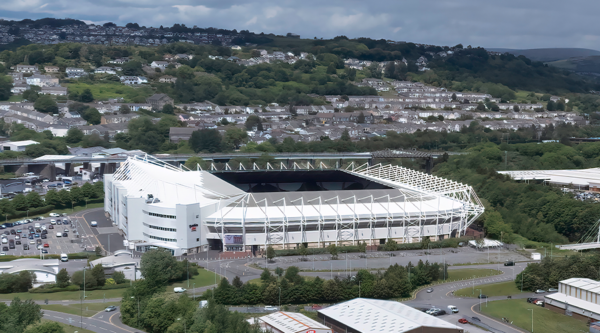

A break right is a contractual right in a lease to terminate prematurely at a fixed time.
The terms on which a right to break are exercised are interpreted very strictly. Any conditions attaching to the right to break – which may include the rent having been paid up-to-date or vacant possession being provided to the landlord on the break date – must be complied with, otherwise an attempt to exercise the break will be invalid.
If you have a right to break a lease early and you are contemplating exercising it, advance planning and seeking professional help are essential.
At least 12 months before the break date the terms of the break, including what conditions attach to its exercise and the date by which it should be exercised, should be ascertained by instructing a solicitor to advise.
Provide your solicitor with a copy of the lease, any licence for alterations or deeds of variation or any other documents which post-date the lease. This is because the terms of the original lease may have been altered, for example the date of the break date could have been changed, or the conditions attaching to its exercise varied.
The right to exercise a right to break is usually conditional on there being no arrears of rent or service charge at the break date. If that is the case, check your records to see if there has ever been a dispute with the landlord as to what sums were owed by way of rent or service charge and provide these details to your solicitor.
Even if the exercise of the break is not conditional on leaving the property in repair, most leases place an obligation on the tenant to leave the premises in repair at the termination of the lease.
Strategies for property in repair
At least 12 months before the break date, settle on your strategy regarding leaving the property in repair. If necessary, and it almost certainly will be, consult a building surveyor to advise you on what repairs are required and how much they will cost. Leaving the property out of repair can be costly.
On average, the cost of putting the property into repair at the end of the term is usually more than £21 per square foot for retail premises and £11 per square foot for office premises. End of lease repair claims can therefore be protracted and costly in terms of legal fees and management time.
Financial settlements with landlords
Most tenants opt to agree a financial settlement with their landlord in lieu of actually carrying out the repair works themselves. If you decide not to carry out the repairs but to reach a cash settlement with the landlord, which is likely to be what they want, the optimum time to reach a more favourable deal with the landlord is when they perceive you still have time to carry out the repair works if a deal cannot be done.
Sufficient time needs to be allowed for instructing a building surveyor, appointing a contractor, and carrying out the works.
A break notice once served cannot be unilaterally withdrawn and a landlord is not legally obliged to allow a tenant access to the property after the break date – and most will not do so. Therefore, the break date is the final date by which any repairs must have been completed.










